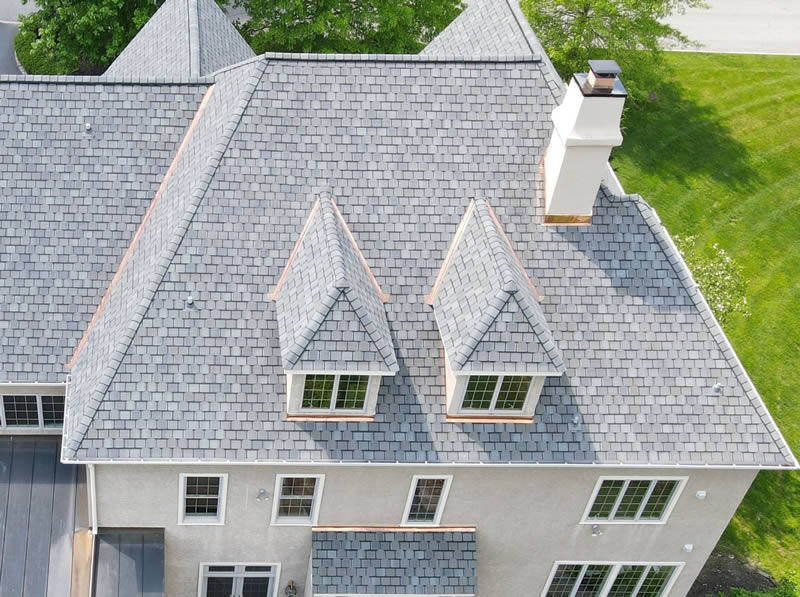The roof of a house not only provides shelter and protection but can also significantly impact the value of a home. A well-maintained, attractive roof can increase a home’s worth, while a poorly maintained or outdated roof can decrease it. In this article, we will explore the factors that come into play when determining the impact of a roof on a home’s value.
Firstly, let’s look at the role of the roof in protecting a home. A roof provides essential protection against weather elements such as rain, snow, wind, and extreme temperatures. It ensures that water does not penetrate the interior of the home, which can lead to damage to the walls, ceilings, and floors. In addition, a roof plays a significant role in insulation, which can help lower energy costs by reducing the amount of heat lost through the roof. These essential functions of a roof make it an integral part of a home, which can impact its overall value.

When it comes to determining the impact of a roof on a home’s value, several factors come into play. The first factor is the type of roof. Different types of roofs have different costs and varying lifespans. For example, a metal roof may cost more than an asphalt shingle roof, but it can last much longer, which can make it a more attractive option for potential buyers. Other factors to consider include the age of the roof, the condition of the roof, and the quality of the materials used.
The age of the roof is another essential factor that can impact a home’s value. A newer roof that has been properly maintained is likely to increase the value of a home. Conversely, an older roof that is in poor condition may decrease a home’s value. The reason for this is that an older roof may need repairs or replacement, which can be a significant expense for potential buyers. Additionally, an older roof may not provide the same level of protection or insulation as a newer roof, which can be a turn-off for buyers.
The condition of the roof is another critical factor when it comes to determining its impact on a home’s value. A well-maintained roof that is in good condition is likely to increase a home’s value. On the other hand, a roof that is in poor condition, with missing or damaged shingles or leaks, can decrease a home’s value. A damaged or leaking roof can cause significant damage to the interior of the home, which can be a costly repair for potential buyers.
The quality of the materials used in the construction of the roof is another important factor to consider when determining the impact of the roof on a home’s value. High-quality materials, such as slate or tile, may increase a home’s value, while lower quality materials, such as asphalt shingles, may have less of an impact. The quality of the materials used can also impact the lifespan of the roof, which can be a significant consideration for potential buyers.
In addition to these factors, the overall appearance of the roof can also impact a home’s value. A well-designed and attractive roof can increase a home’s curb appeal, making it more appealing to potential buyers. A poorly designed or unattractive roof can detract from the home’s overall appearance, which can decrease its value. Factors that impact the appearance of the roof include the color of the roof, the shape of the roof, and the design elements used.
So, do roofs increase home value? The answer is yes, a well-maintained and attractive roof can increase a home’s value. However, the impact of the roof on a home’s value depends on several factors, including the type of roof, its age, condition, quality of materials, and appearance.

